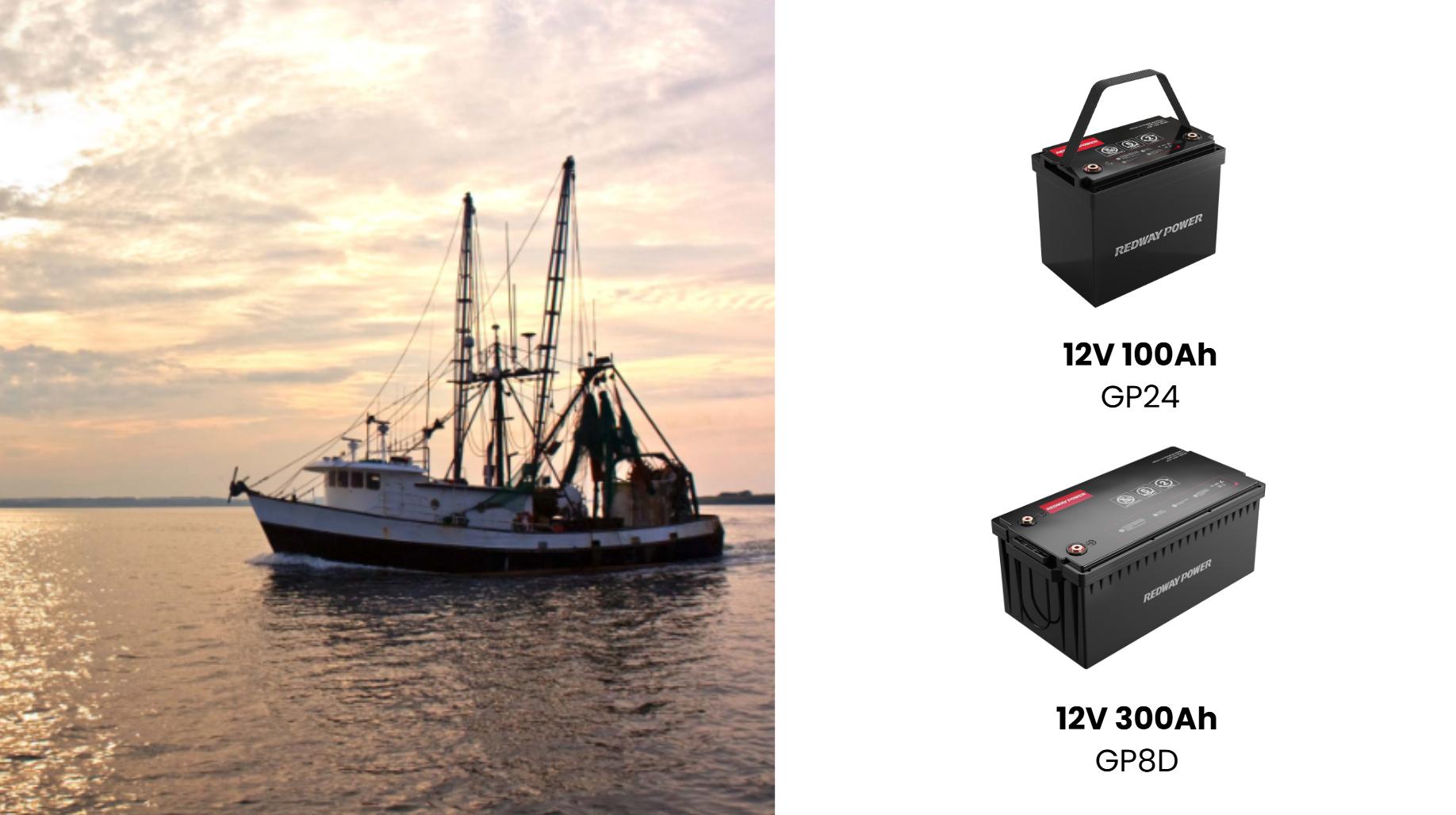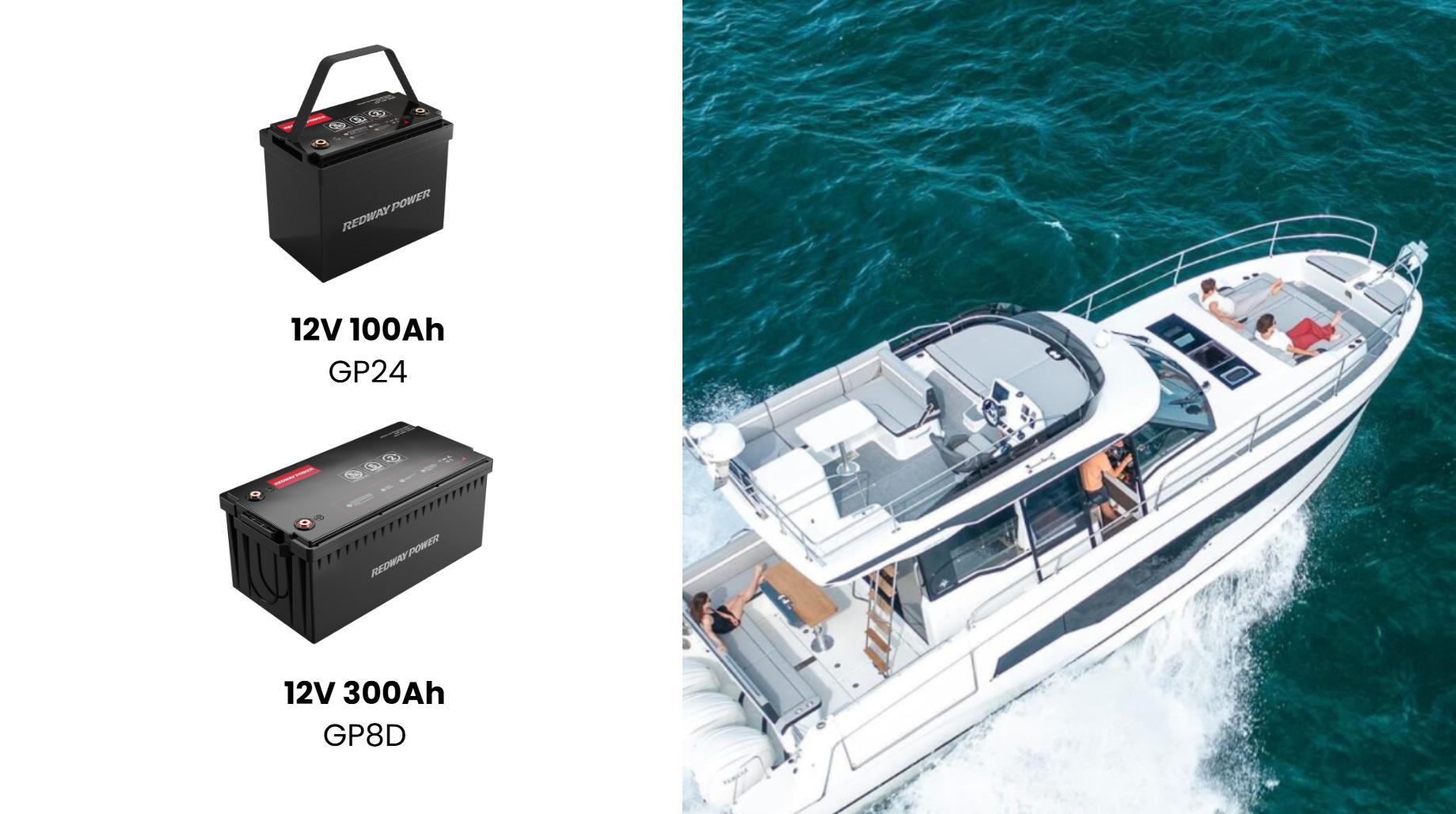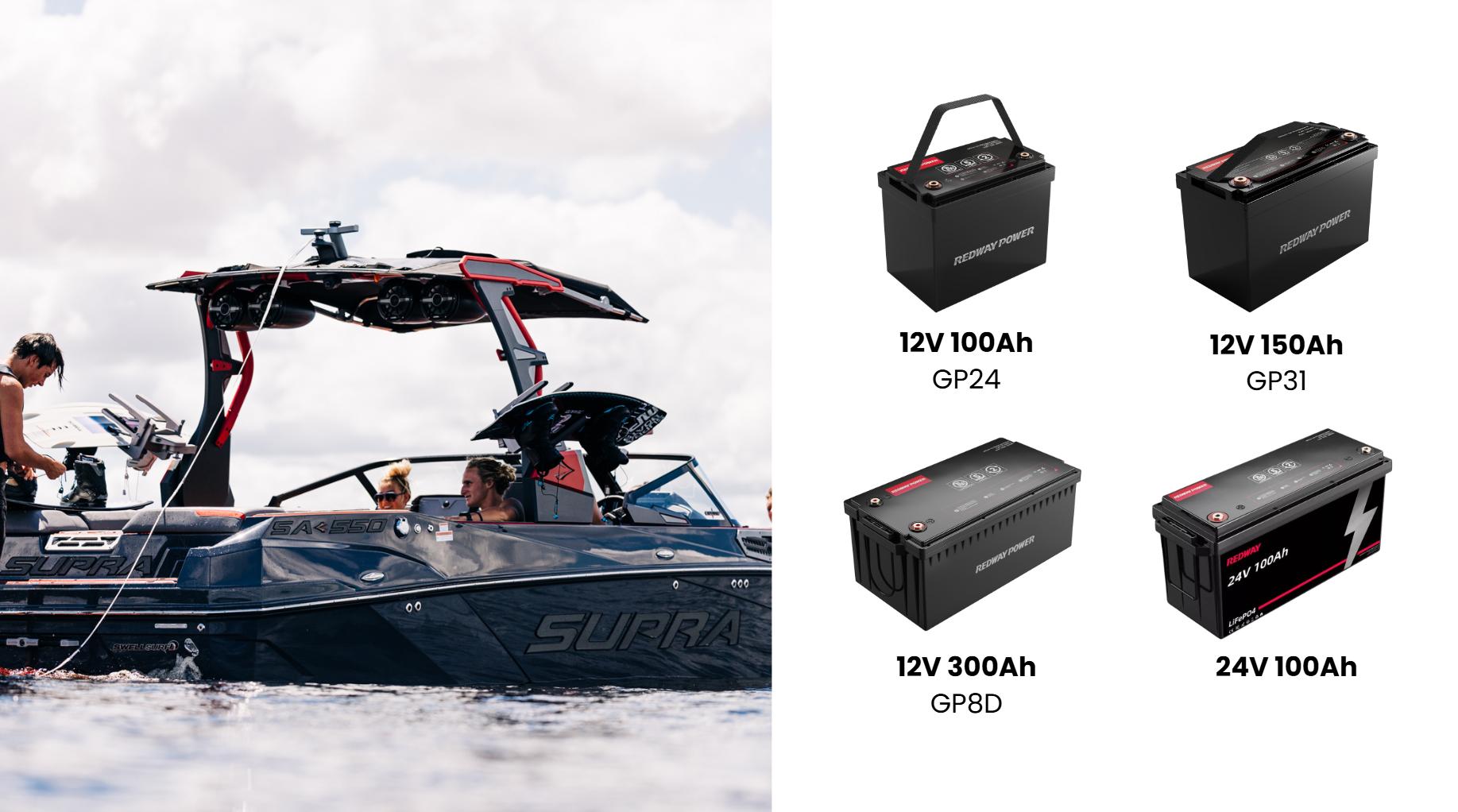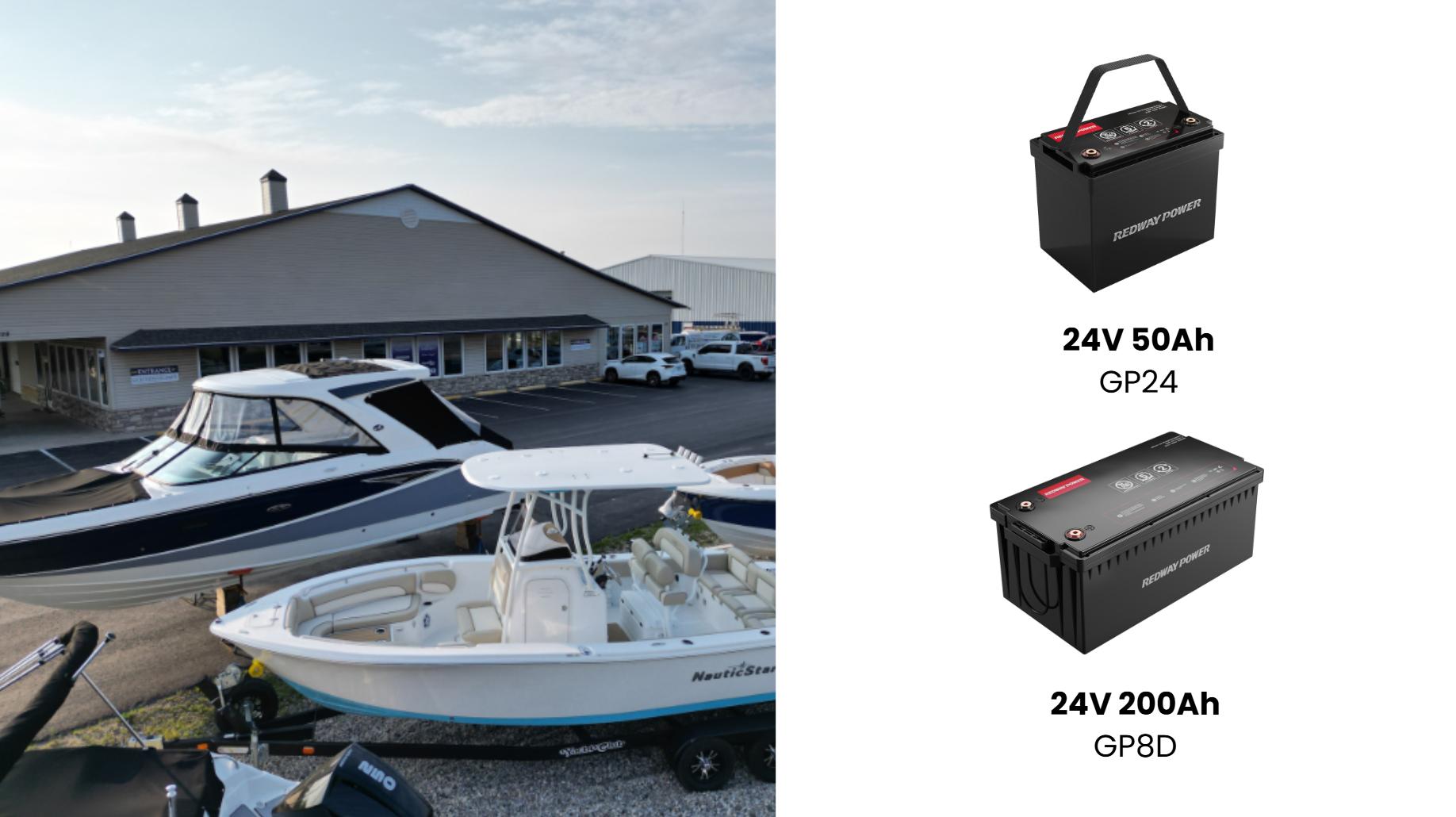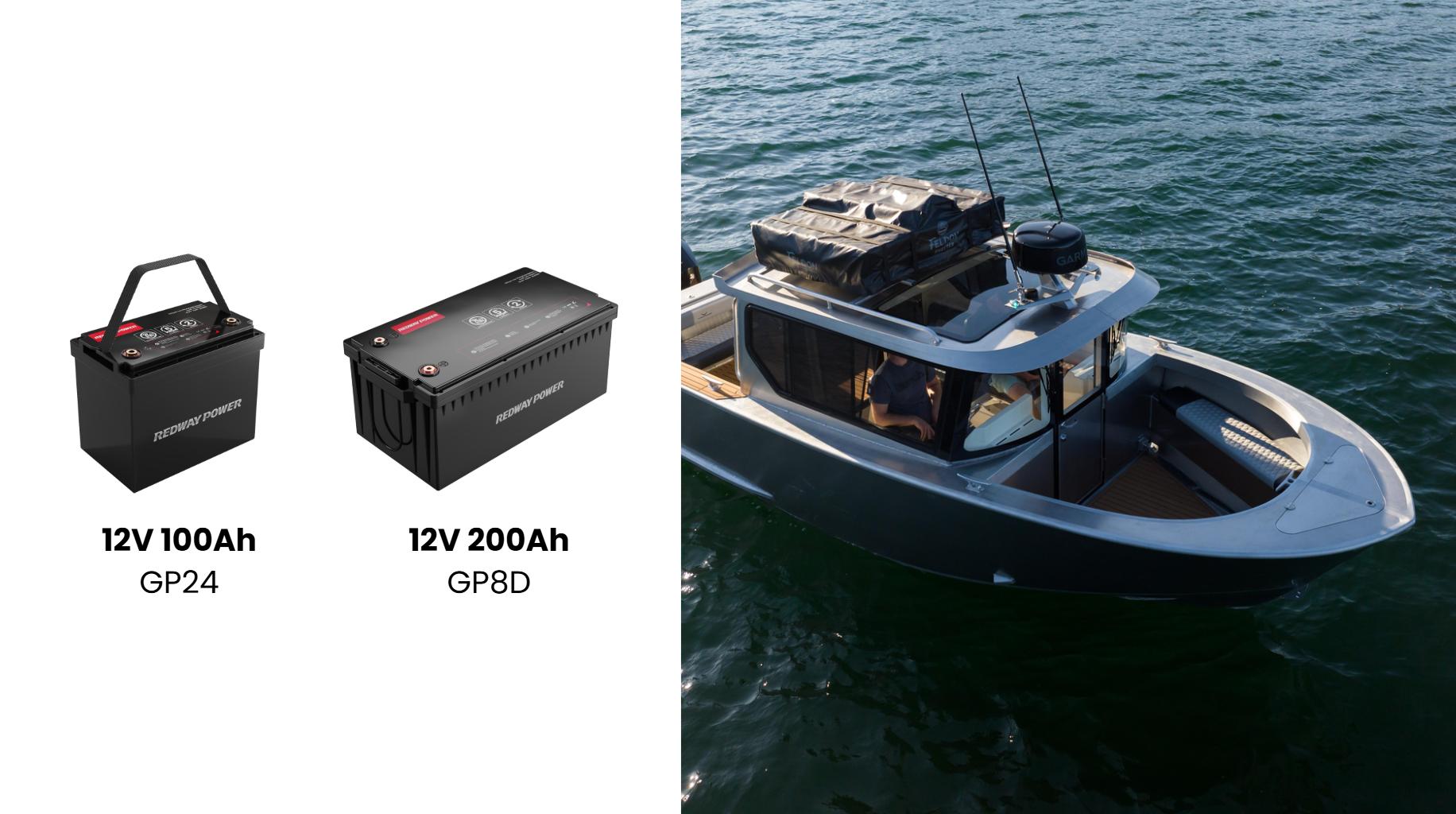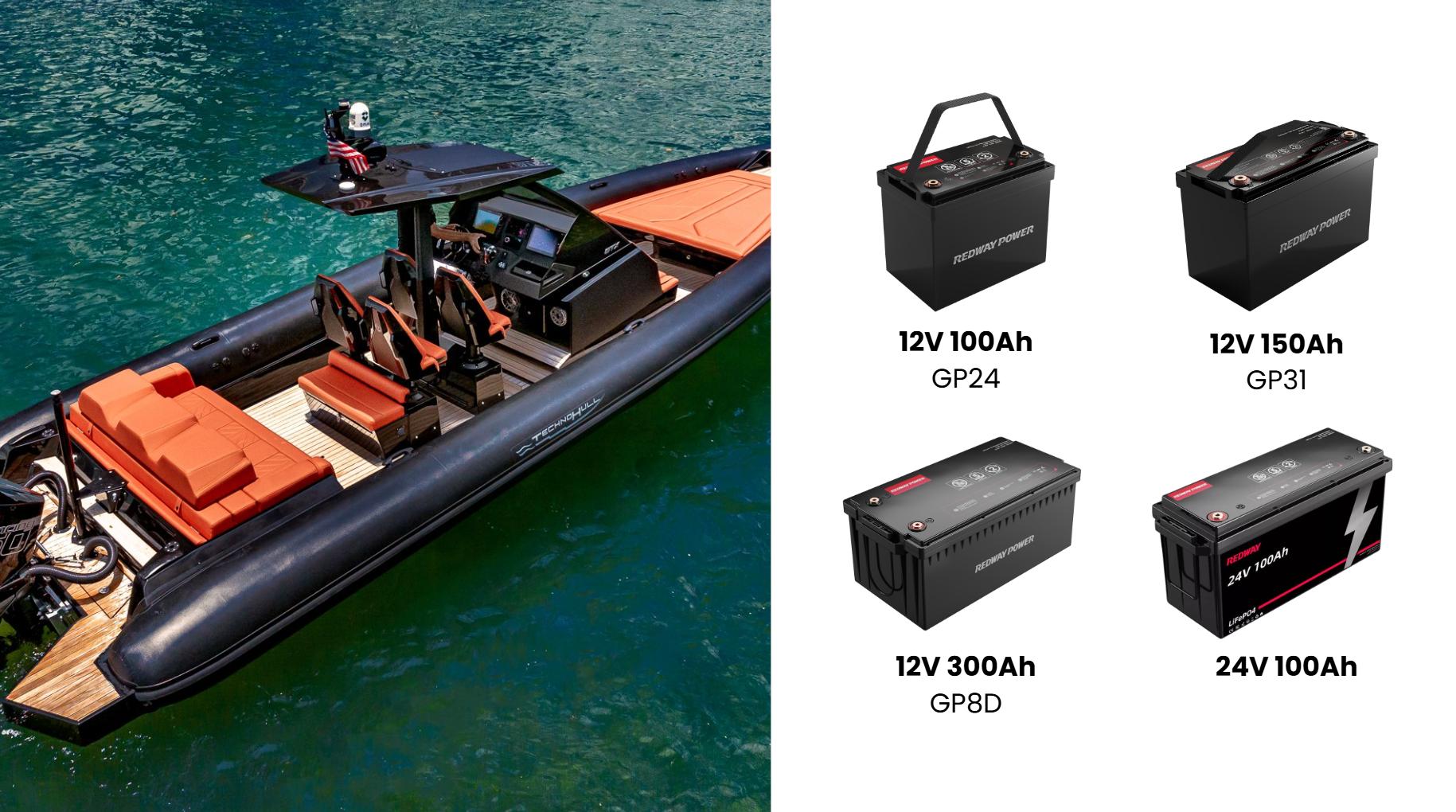What Makes a 24V Deep Cycle Battery Essential for Power Systems?
A 24V deep cycle battery is designed for sustained energy delivery, making it ideal for applications requiring long-term power, such as solar systems, marine equipment, and RVs. Unlike starter batteries, it withstands repeated deep discharges without losing capacity. Key features include durability, high cycle life, and compatibility with renewable energy setups, ensuring reliable performance in demanding environments.
How Does a 24V Deep Cycle Battery Differ from Standard Batteries?
A 24V deep cycle battery provides steady power over extended periods, while standard batteries (e.g., car batteries) deliver short, high-current bursts. Deep cycle batteries have thicker plates and robust construction to endure frequent discharging up to 80% depth of discharge (DoD), whereas standard batteries degrade quickly under similar conditions.
What Are the Key Applications of 24V Deep Cycle Batteries?
These batteries power off-grid solar systems, electric vehicles, marine trolling motors, and industrial equipment. They’re also used in RVs, golf carts, and backup power systems due to their ability to handle cyclic loads and provide consistent energy output.
Which Factors Determine the Lifespan of a 24V Deep Cycle Battery?
Lifespan depends on depth of discharge, charging practices, temperature, and maintenance. Properly maintaining a 50% DoD, using compatible chargers, and storing at 15–25°C can extend lifespan to 5–8 years. Overcharging or undercharging reduces longevity.
How Do You Maintain a 24V Deep Cycle Battery for Optimal Performance?
Regularly check electrolyte levels (for flooded batteries), clean terminals, and avoid over-discharging. Use a smart charger to prevent sulfation. Store in a cool, dry place and recharge after each use. Equalize flooded batteries periodically to balance cell voltage.
Why Choose AGM Over Flooded 24V Deep Cycle Batteries?
AGM (Absorbent Glass Mat) batteries are maintenance-free, spill-proof, and resistant to vibration. They charge faster and perform better in cold temperatures compared to flooded batteries, which require regular watering and are prone to acid leakage. AGM is ideal for mobile or sealed environments.
What Safety Precautions Are Critical for 24V Deep Cycle Batteries?
Wear protective gear when handling batteries. Avoid short circuits, ensure proper ventilation to prevent gas buildup, and follow manufacturer guidelines for charging/discharging. Never expose to open flames or extreme heat.
How Do Future Innovations Impact 24V Deep Cycle Batteries?
Advancements include lithium-ion integration for lighter weight and higher efficiency, smart BMS (Battery Management Systems) for real-time monitoring, and graphene-enhanced plates for faster charging. These innovations aim to improve energy density and reduce environmental impact.
Can a 24V Deep Cycle Battery Be Used in Solar Power Systems?
Yes. Their ability to handle deep discharges makes them ideal for solar setups. Pair with a charge controller to regulate energy input and prevent overcharging. Ensure the battery bank’s voltage matches the solar inverter’s requirements.
Expert Views
“24V deep cycle batteries are evolving rapidly, especially with lithium variants offering 3x the cycle life of lead-acid. At Redway, we recommend prioritizing BMS integration for safety and longevity, particularly in renewable energy applications.” — John Carter, Senior Engineer at Redway Power Solutions
Conclusion
24V deep cycle batteries are indispensable for systems requiring reliable, long-term power. Advances in technology and proper maintenance practices enhance their efficiency and lifespan, making them a cornerstone of modern energy solutions.
FAQ Section
Q: Can I connect two 12V batteries to create a 24V system?
A: Yes, wiring two 12V batteries in series achieves 24V output. Ensure both batteries have identical capacity and age.
Q: How long does a 24V deep cycle battery last on a single charge?
A: Runtime depends on load and capacity. A 100Ah battery powering a 500W device lasts approximately 2–4 hours.
Q: Are lithium 24V deep cycle batteries worth the higher cost?
A: Lithium batteries offer longer lifespan, lighter weight, and faster charging, justifying the investment for high-usage scenarios.

